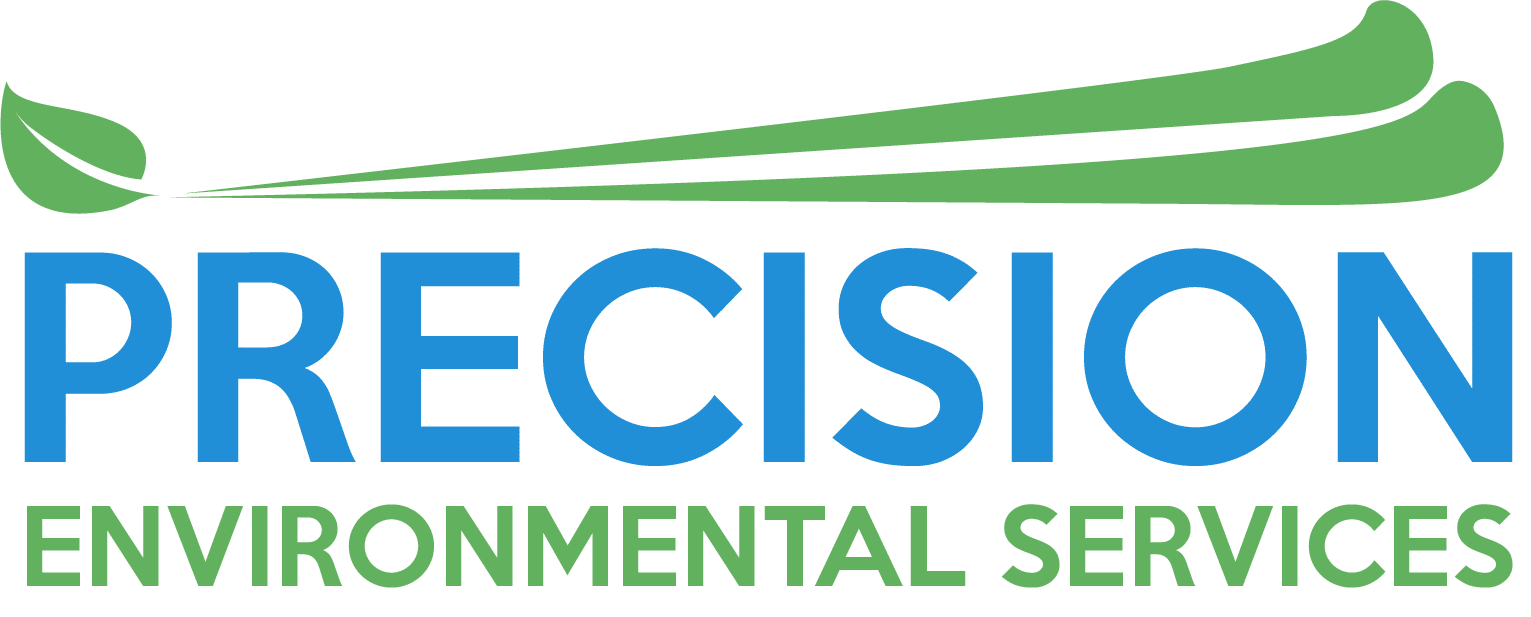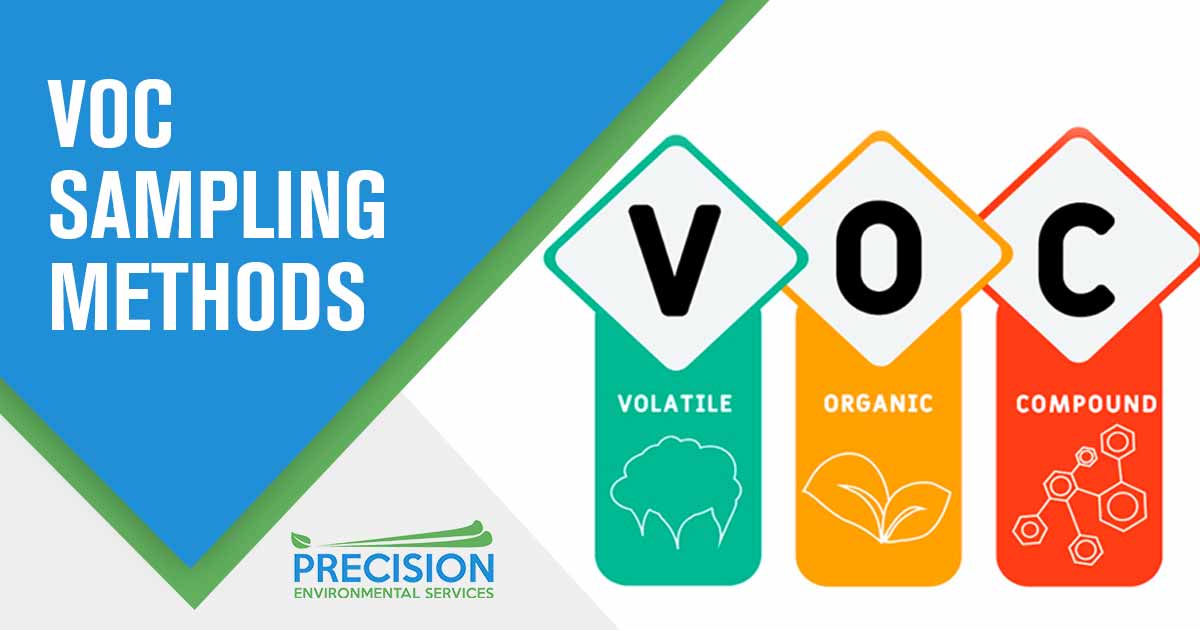Volatile organic compounds (VOCs) are a group of chemicals that are commonly found in a variety of products, including paints, solvents, cleaning products, and personal care products. VOCs are known to have adverse health effects, including respiratory problems and neurological effects, and they can also contribute to the formation of ground-level ozone, a major component of smog.
VOCs Sampling Methods
There are several methods for sampling and measuring VOCs in the environment, including passive sampling, active sampling, and remote sensing.
What is passive sampling for VOCs?
Passive sampling involves the use of a device that passively collects VOCs from the air over a period of time. Passive samplers are typically small and portable, making them easy to use and deploy in a variety of locations. Passive samplers can be used to measure the concentration of VOCs in the air over a period of time, and they are often used to monitor the long-term exposure of individuals to VOCs.
What is active sampling for VOCs?
Active sampling involves the use of a device that actively collects VOCs from the air. Active samplers typically use a pump to draw air through a sampling medium, such as a filter or sorbent tube, which collects the VOCs. Active samplers can be used to measure the concentration of VOCs in the air over a short period of time, and they are often used to assess the immediate exposure of individuals to VOCs.
What is remote sensing for VOCs?
Remote sensing involves the use of sensors or other instrumentation to measure VOCs from a distance. Remote sensing can be used to measure the concentration of VOCs in the air over a large area, and it is often used to monitor the air quality in urban areas or to assess the impact of industrial activities on air quality.
Different Types of VOCs
In addition to these sampling methods, there are also several different types of VOCs that can be measured, including:
- Aromatic VOCs: Aromatic VOCs are a group of chemicals that have a distinctive, pleasant odor. They are commonly found in products such as perfumes, cleaners, and paints, and they can have adverse health effects, including respiratory problems and neurological effects.
- Halogenated VOCs: Halogenated VOCs are a group of chemicals that contain one or more halogen atoms, such as chlorine or fluorine. They are commonly found in products such as solvents and refrigerants, and they can have adverse health effects, including liver and kidney damage.
- Aliphatic VOCs: Aliphatic VOCs are a group of chemicals that contain one or more carbon atoms and are not aromatic. They are commonly found in products such as paints, adhesives, and cleaning products, and they can have adverse health effects, including respiratory problems and neurological effects.
VOCs in the environment
It is important to monitor and control the levels of VOCs in the environment, as they can have adverse health effects and contribute to air pollution. By using appropriate sampling methods and monitoring the levels of different types of VOCs, it is possible to identify sources of VOCs and take steps to mitigate their impact on human health and the environment






